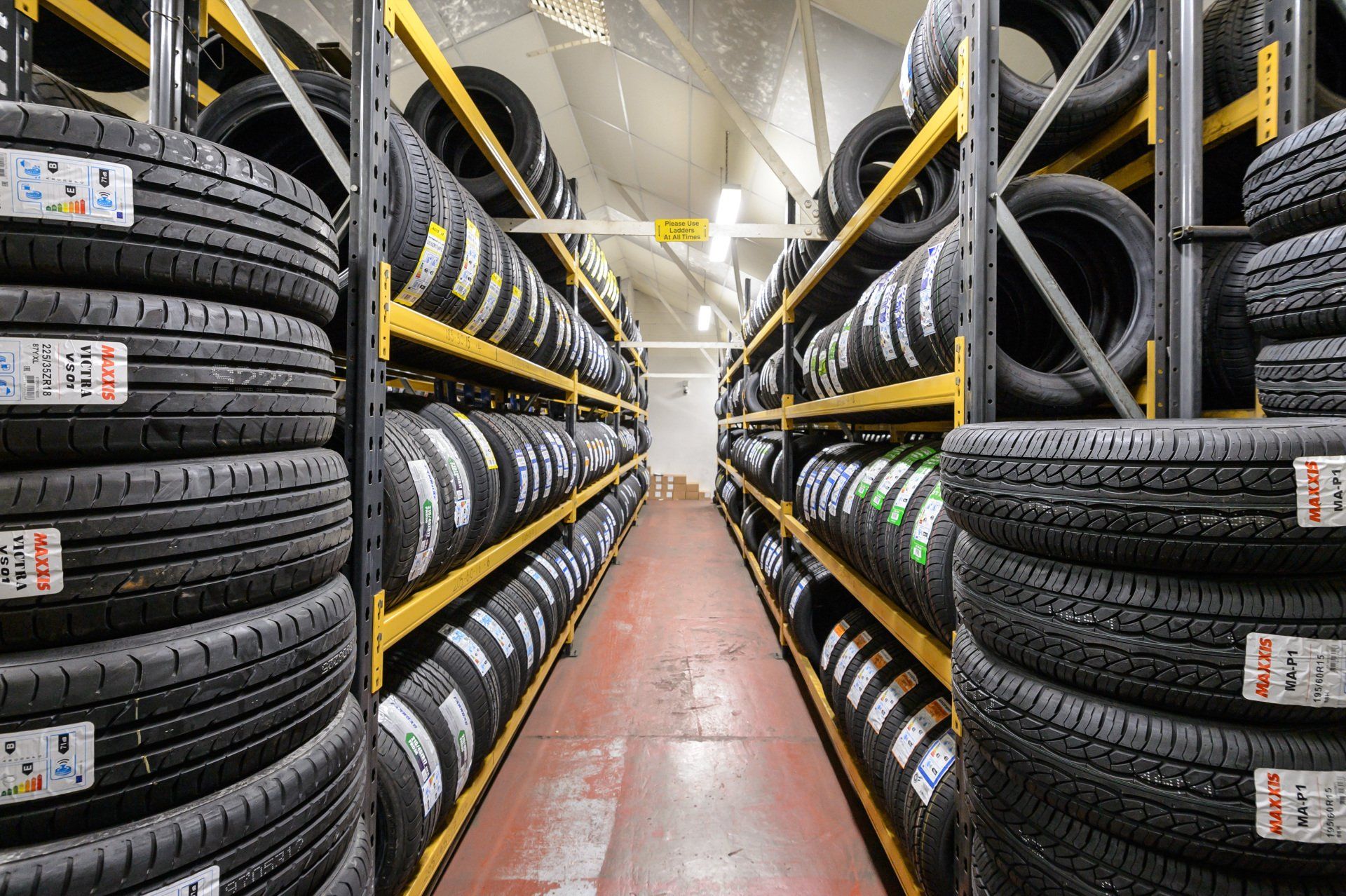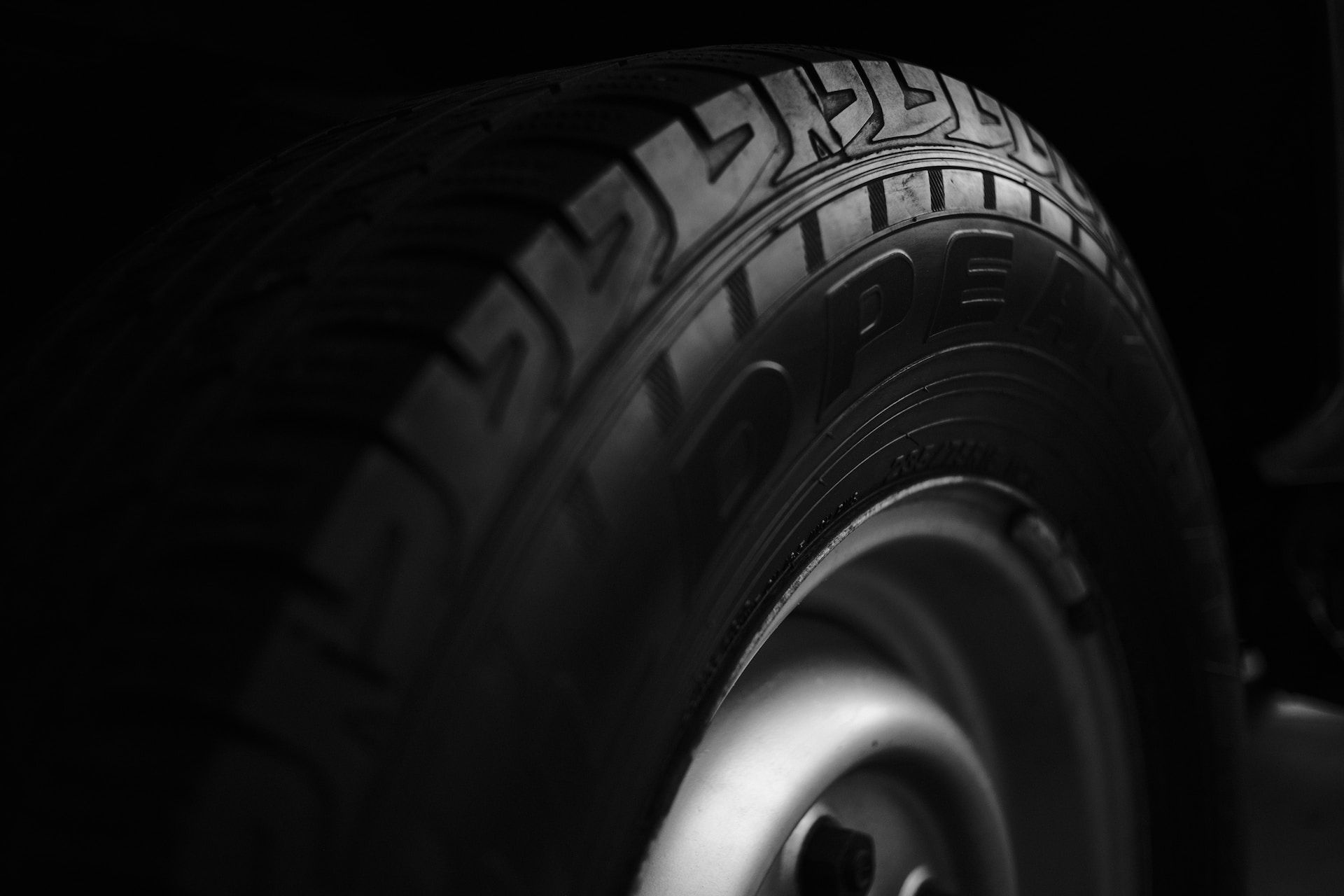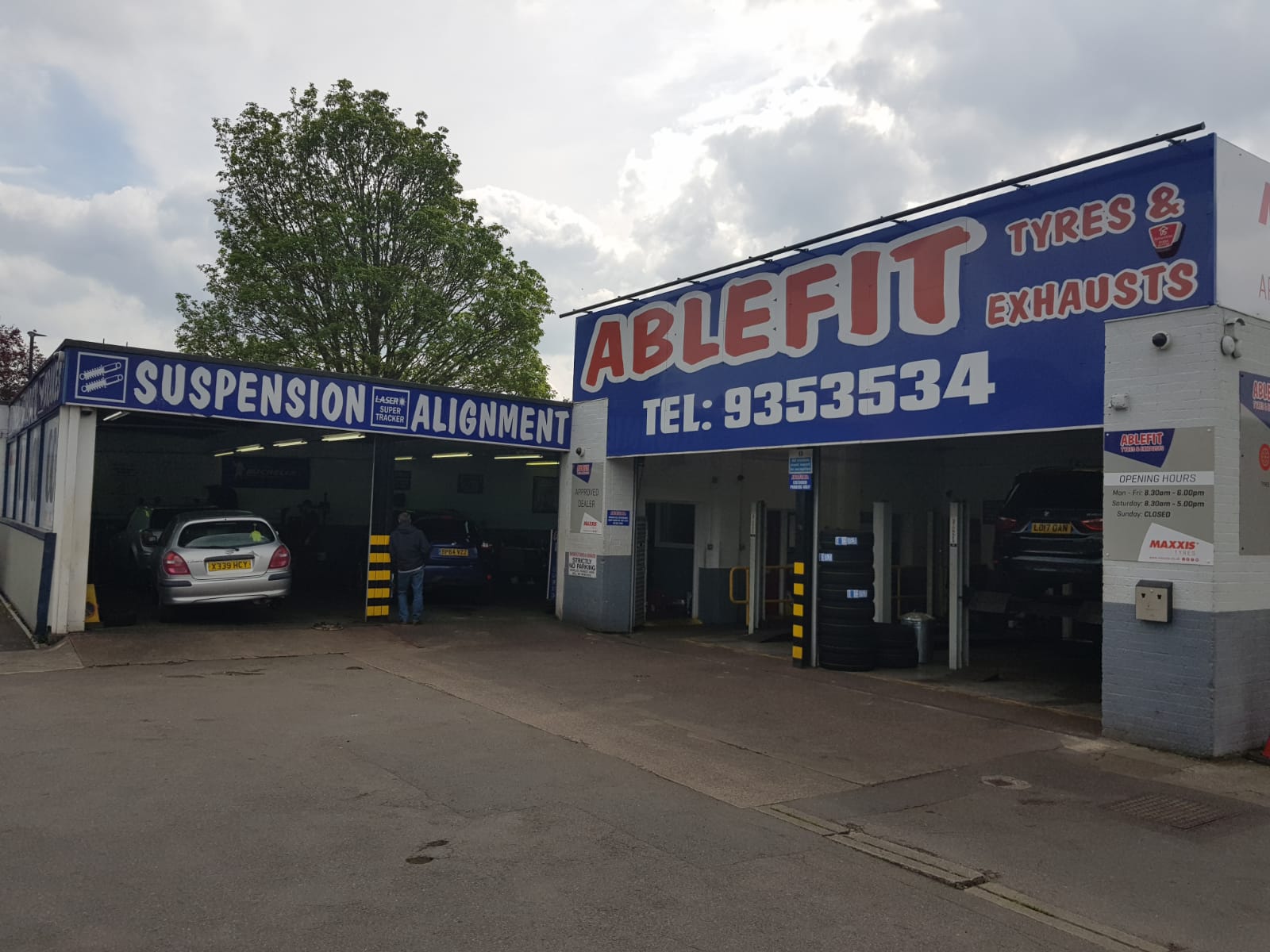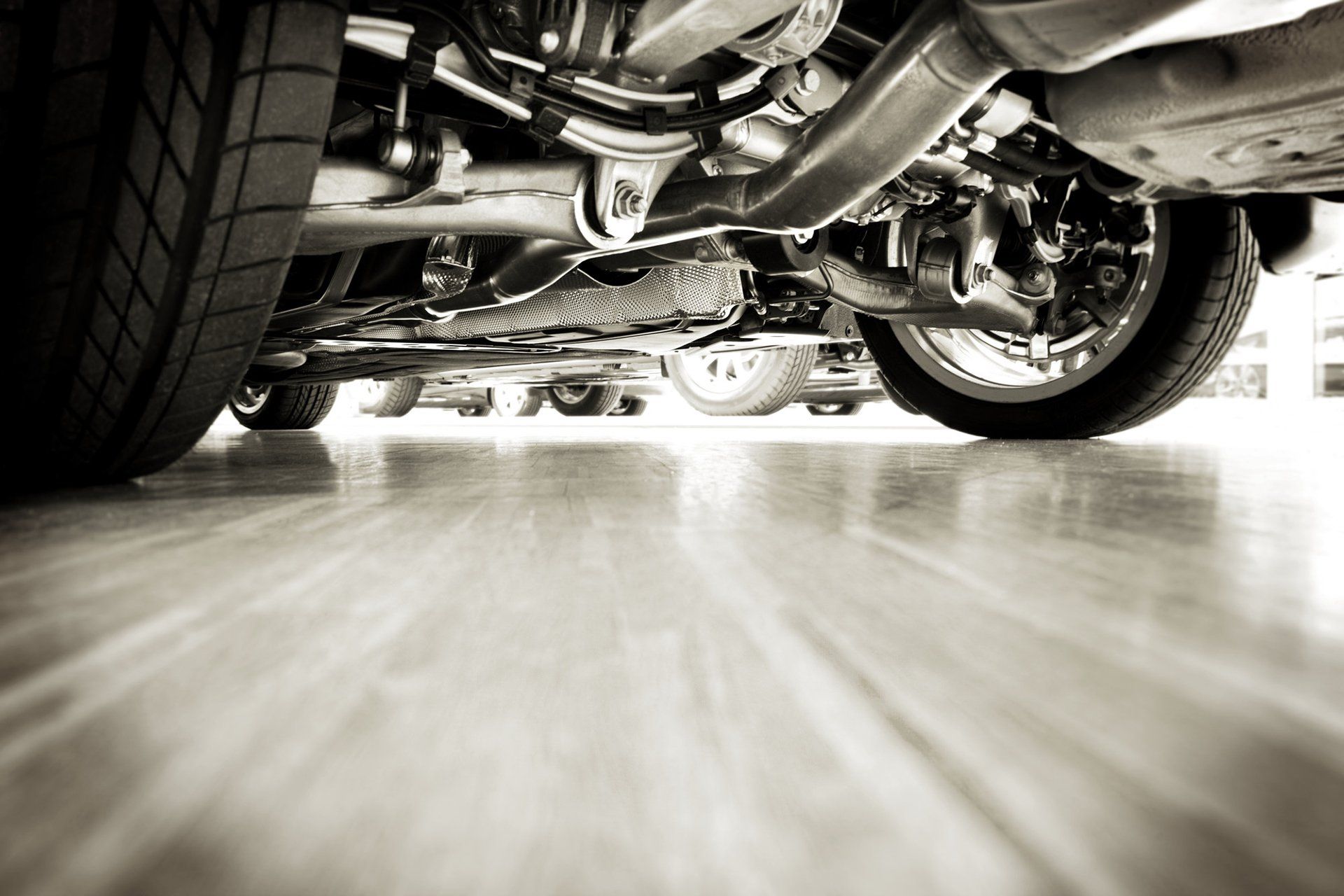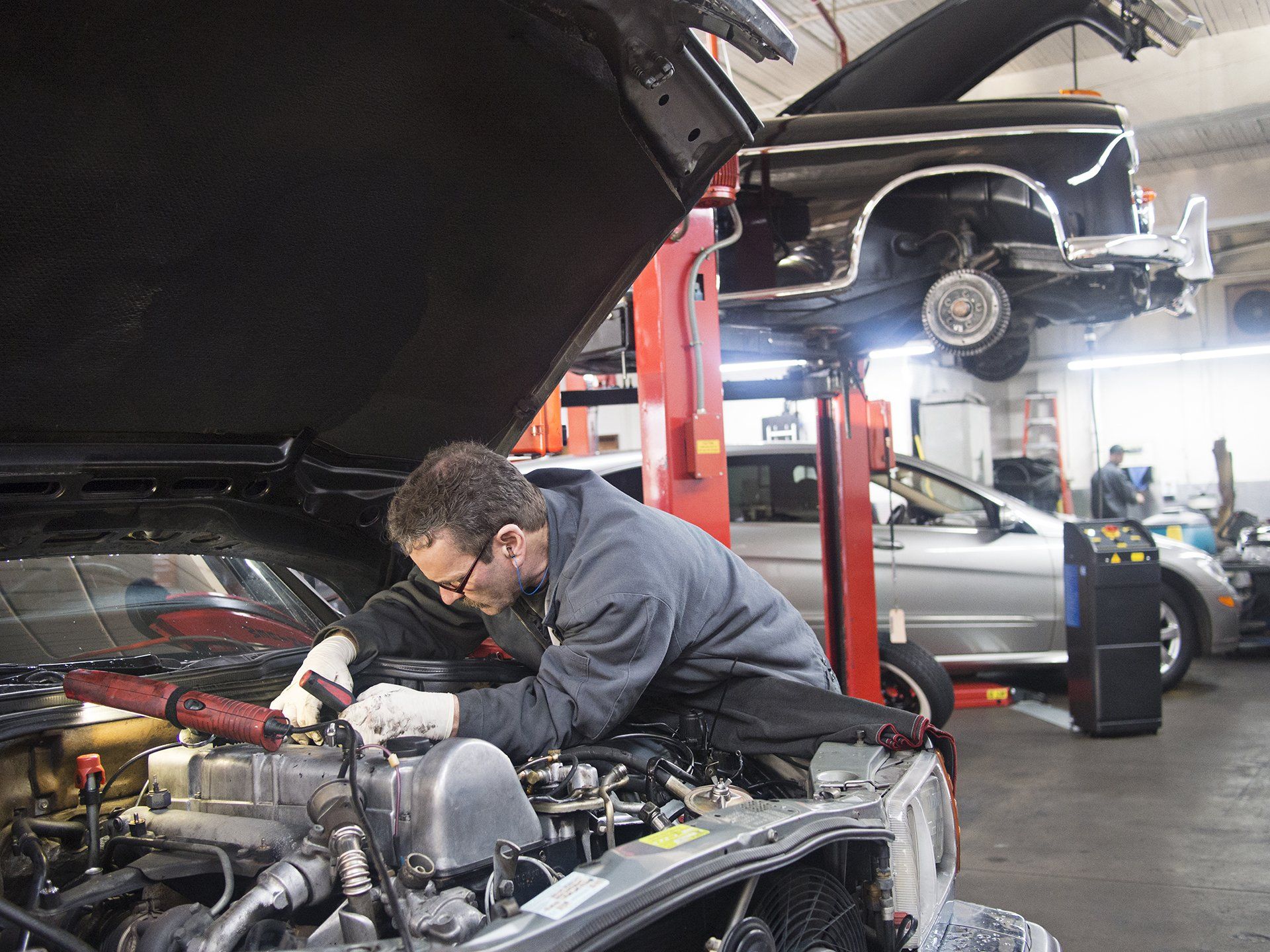What are Run-Flat Tyres?
how to identify run-flat tyres
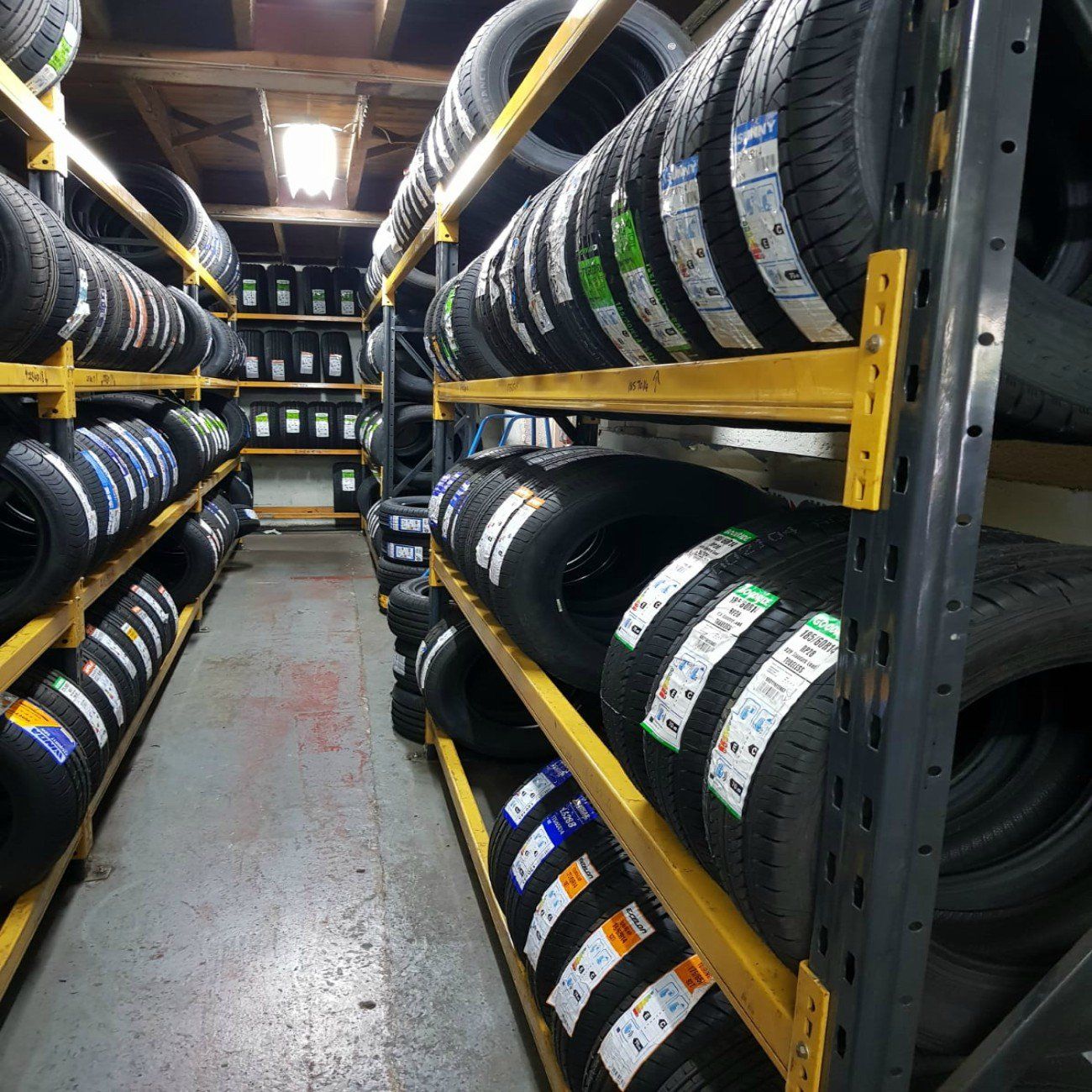
When it comes to vehicle safety and performance, tyres play a crucial role. Ensuring that your vehicle is equipped with the right type of tyre can make a significant difference, especially in emergency situations. One innovation in tyre technology that has gained popularity over the years is the run-flat tyre. We will explore what run-flat tyres are, how they work, and answer some common questions related to this innovative tyre technology.
Run-flat tyres are specially designed tyres that allow a vehicle to continue driving for a limited distance even after a puncture or complete loss of air pressure. This technology provides a crucial safety advantage, as it gives drivers the ability to maintain control of the vehicle and drive to a safe location to address the tyre issue, rather than being stranded on the side of the road.
How Do Run-Flat Tyres Work?
The key to run-flat tyres lies in their reinforced sidewalls. Unlike regular tyres, run-flat tyres have stiffer and more robust sidewalls that can support the weight of the vehicle even when the tyre is deflated. This design ensures that the tyre maintains its shape and continues to provide traction and control, allowing the driver to safely drive at reduced speeds for a certain distance (usually up to 50 miles/80 kilometers) until they can reach a service station or a safe place to change the tyre.
How to Identify Run-Flat Tyres
It's important to know whether your car is equipped with run-flat tyres, as this information will be pivotal in the event of tyre puncture. So, how do you identify run-flat tyres? There are several ways to determine if your vehicle is fitted with run-flat tyres:
Sidewall Markings
Run-flat tyres typically have specific markings on the sidewall that indicate their run-flat capability. Common markings include “RFT” (Run-Flat Tyre), “ROF” (Run-Flat on Flat), “RF” (Run-Flat), “DSST” (Dunlop Self-Supporting Technology), or “SSR” (Self-Supporting Run-flat).
Tyre Information Placard
The tyre information placard, located on the driver's side doorjamb or in the vehicle's manual, may indicate if the vehicle is equipped with run-flat tyres. Check this placard for any mention of run-flat tyres.
Consult the Vehicle Manual
The vehicle's manual should provide information on the type of tyres that are recommended or fitted to the vehicle. Look for any mention of run-flat tyres in the manual.
If you are unsure, it's always a good idea to consult a tyre professional or your vehicle's dealership for confirmation. At Ablefit, we can help you to identify and replace run-flat tyres.
Are There Different Types of Run-Flat Tyres?
Yes, there are different types of run-flat tyre technologies available in the market. The two main types are:
Self-Supporting Run-Flat Tyres
These are the most common type of run-flat tyres, and they feature reinforced sidewalls that can support the weight of the vehicle even when the tyre loses air pressure.
Support Ring Run-Flat Tyres
These tyres have a ring of hard rubber or another structure that can support the weight of the vehicle in case of air loss. It’s worth noting that this type is less common than the self-supporting type.
Should You Replace Run-Flat Tyres with Run-Flat Tyres?
Deciding whether to replace run-flat tyres with the same type comes down to valuing safety and convenience over cost and ride comfort. Run-flat tyres offer the significant advantage of letting you drive on a flat for a short distance, enhancing safety and convenience. However, they tend to be more expensive (we’ll come onto this later) and provide a stiffer ride than regular tyres. If these benefits outweigh the drawbacks for you, sticking with run-flat tyres is a wise choice. Otherwise, you might consider switching to regular tyres for cost savings and a smoother ride, but ensure to replace all four tyres simultaneously to maintain consistent vehicle performance.
It's important to note that if you do decide to switch from run-flat to regular tyres, you should replace all four tyres at the same time to ensure uniform performance and handling characteristics.
Can You Mix Run-Flat Tyres with Normal Tyres?
Mixing run-flat tyres with regular tyres is generally not recommended. The design and performance characteristics of run-flat tyres are different from regular tyres, and mixing the two types can affect the vehicle's handling, stability, and safety. If your vehicle is equipped with run-flat tyres, it is advisable to replace a damaged tyre with another run-flat tyre of the same size, brand and specifications.
Are Run-Flat Tyres More Expensive?
In short, yes. Run-flat tyres tend to be more costly than regular tyres, with prices potentially up to 50% higher. This increased cost is due to the additional materials and advanced technology required to construct the reinforced sidewalls, providing the run-flat capability. While the initial investment is steeper, it's crucial to weigh the safety and convenience benefits they offer, especially in emergency situations. The ability to drive on a deflated tyre for 50 miles can provide significant peace of mind, potentially offsetting the higher price over time.
Contact Ablefit
In conclusion, run-flat tyres provide additional safety and convenience in the event of a tyre puncture. Understanding how run-flat tyres work, how to identify them, and the considerations involved in using them is essential for vehicle owners. While they may come with a higher price tag, the peace of mind and safety benefits they offer can make them a worthwhile investment.
If you're in need of replacement run-flat tyres or are looking to replace your regular tyres,
contact Ablefit to hear about our range of
premium run-flat tyres. Our centres in
Brislington,
Longwell Green and
Muller Road are open Monday to Saturday every week, and all of our tyres come with a manufacturer’s lifetime guarantee.

